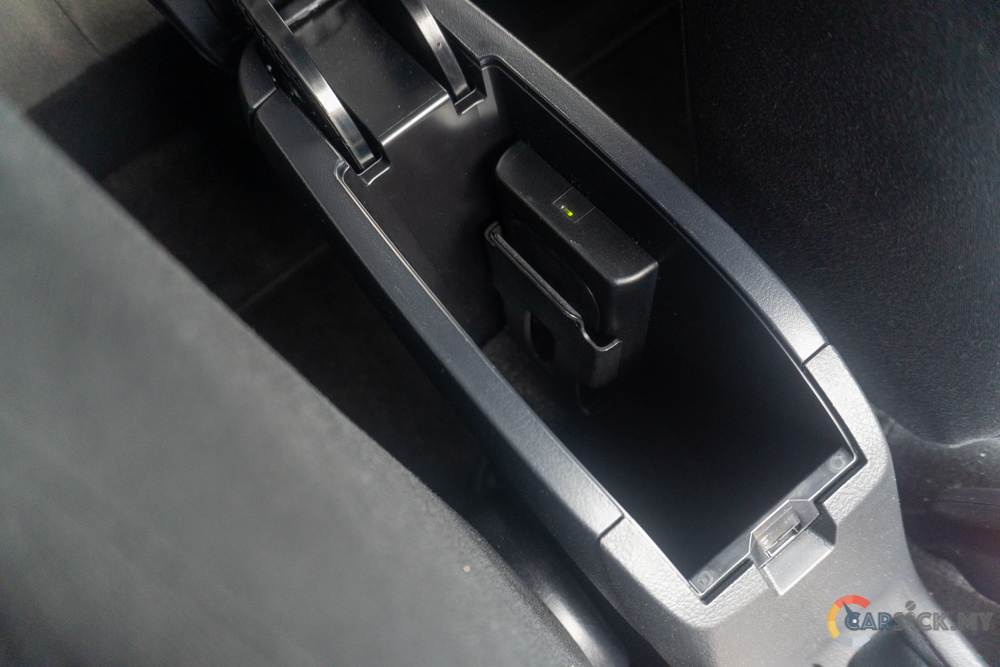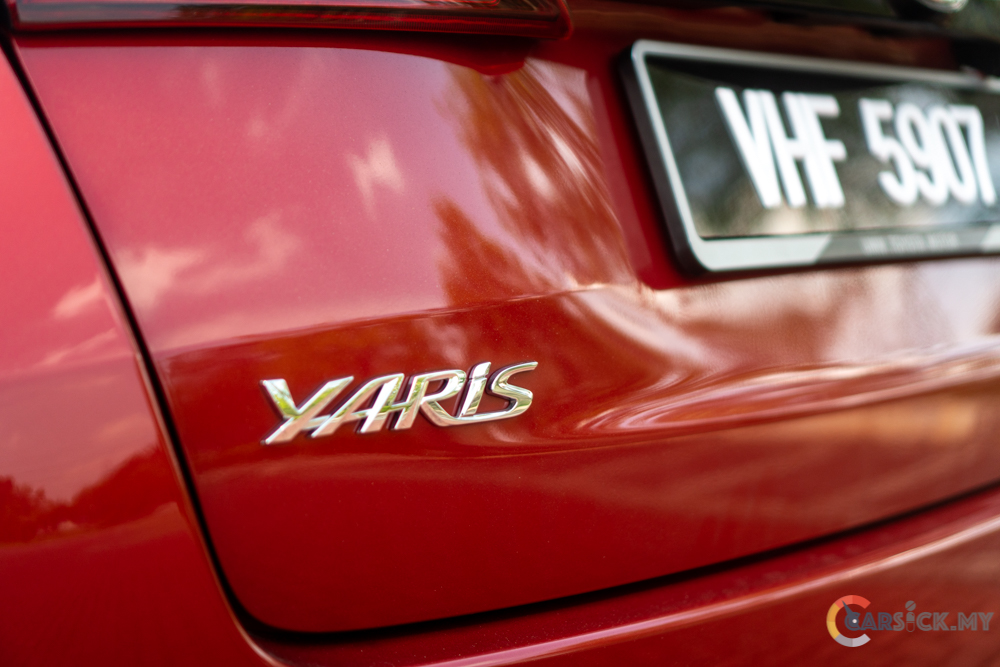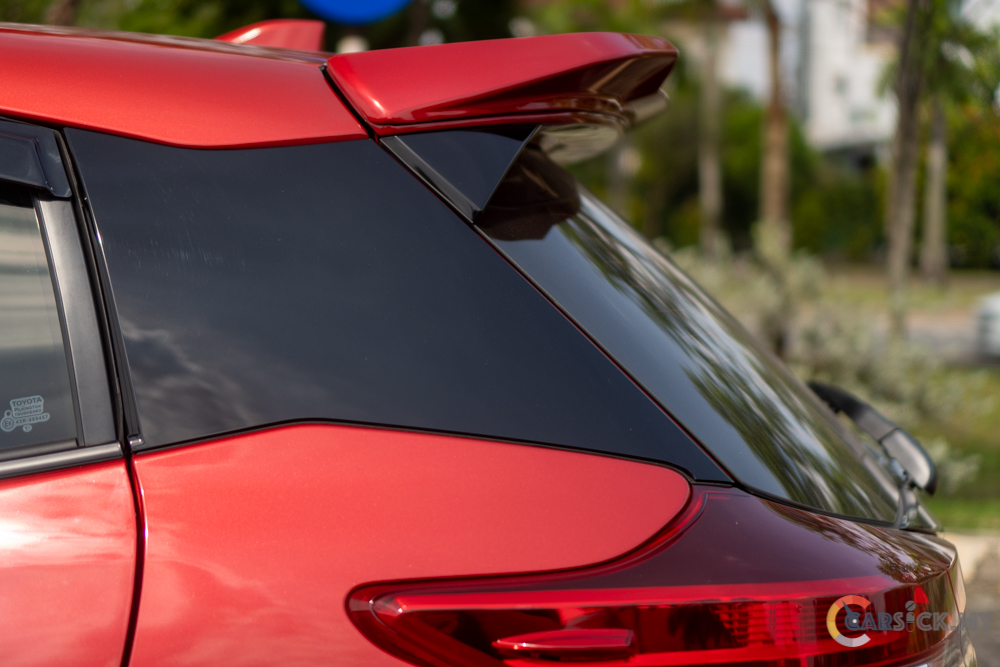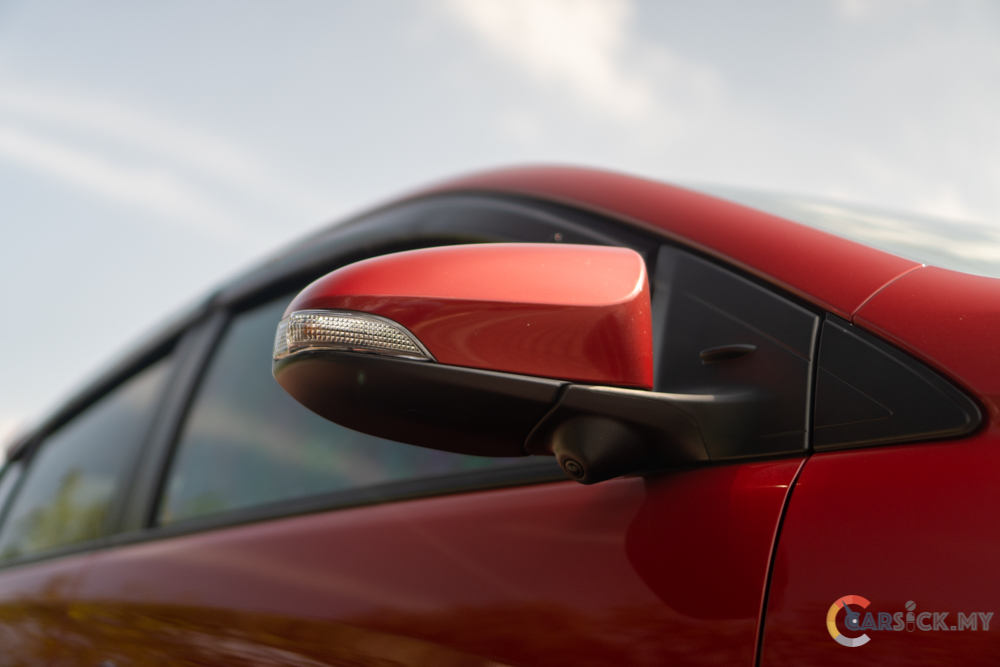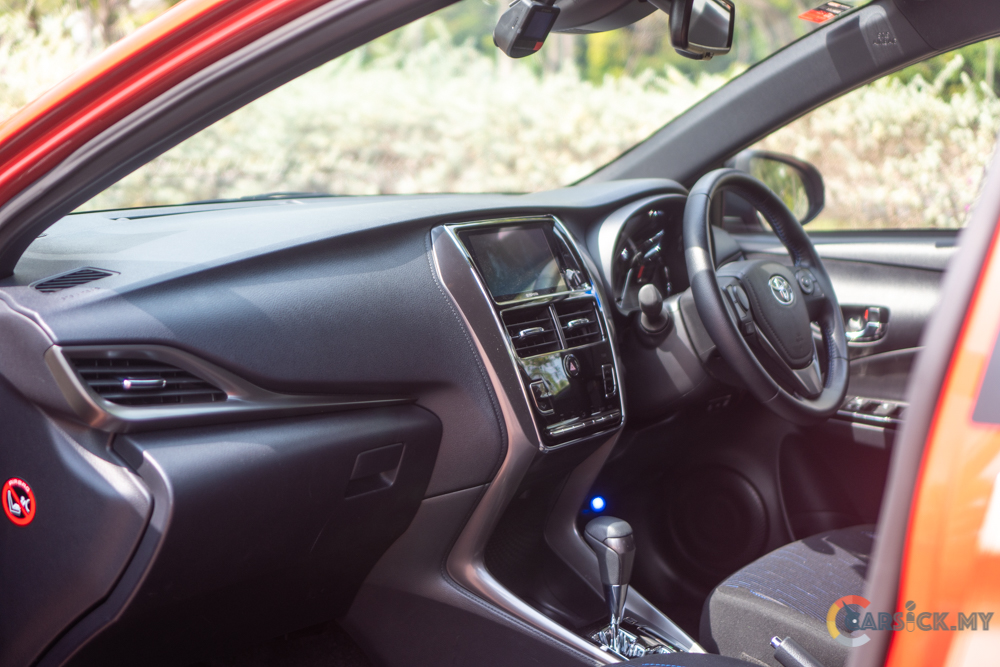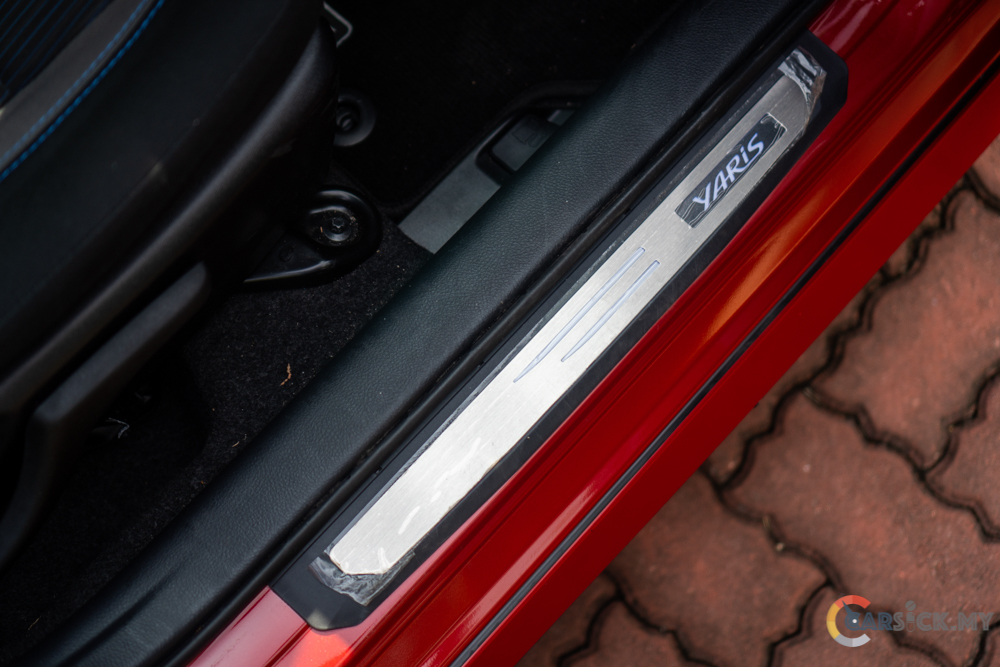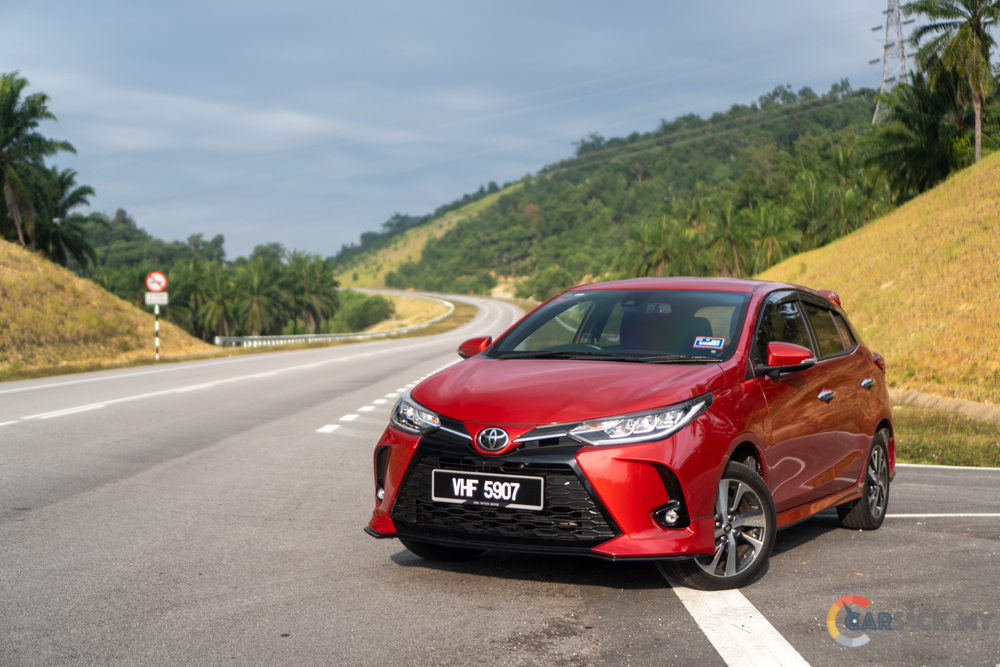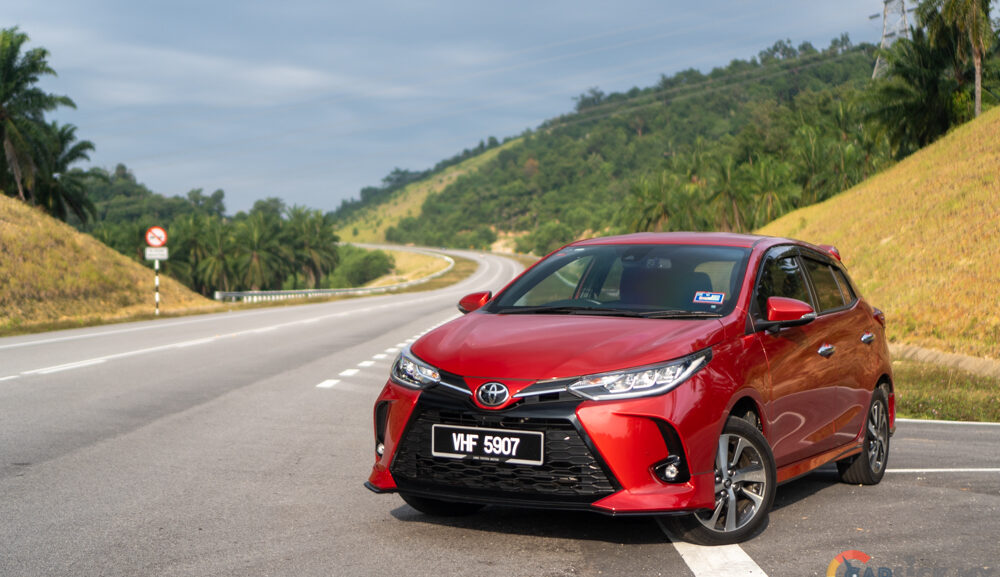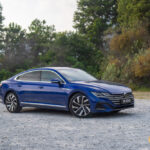Since the arrival of the Perodua Myvi, the B-segment hatchback market has been a hotly contested market in Malaysia. One of the hottest selling non-national B-segment hatchback is the Toyota Yaris. In 2021, Toyota updated the Yaris alongside the Vios sedan. While I’ve reviewed the Vios not long ago, Toyota recently loaned me the Yaris to see how their B-segment hatchback competes in its segment.
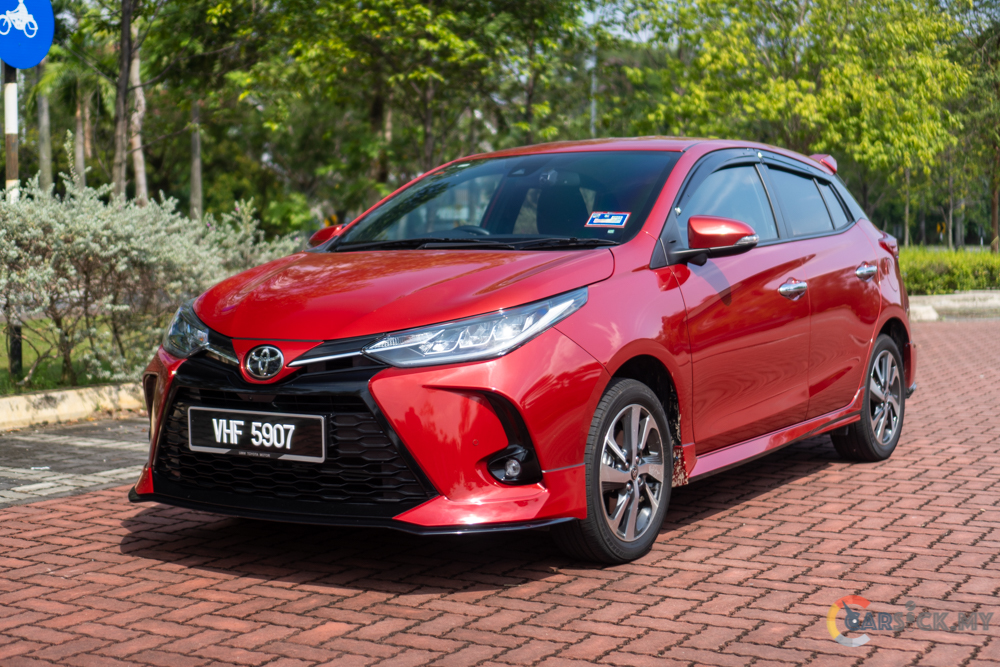
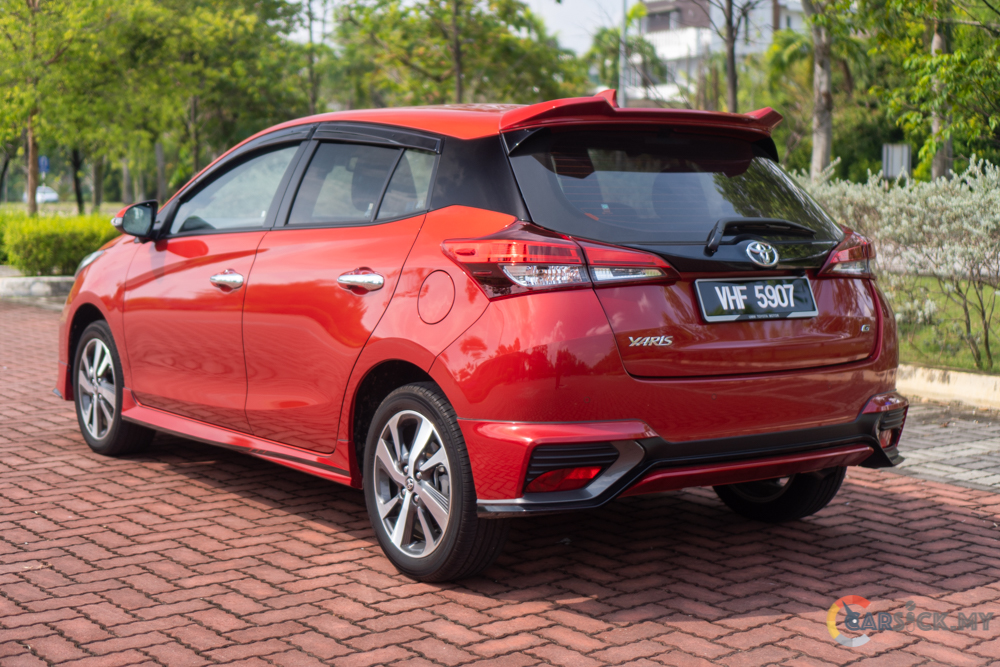 Underneath the Vios and Yaris, they are built on the same platform, and many parts are shared among the 2 models. From the front, one will struggle to differentiate the 2 models apart. The Yaris also received the new front look, where it comes with a new front bumper, front grille and the headlights. At all corners, the Yaris also uses the same 16-inch design rims as the Vios. For the rear, everything has been carried forward from the pre-facelift car to the current Yaris.
Underneath the Vios and Yaris, they are built on the same platform, and many parts are shared among the 2 models. From the front, one will struggle to differentiate the 2 models apart. The Yaris also received the new front look, where it comes with a new front bumper, front grille and the headlights. At all corners, the Yaris also uses the same 16-inch design rims as the Vios. For the rear, everything has been carried forward from the pre-facelift car to the current Yaris. 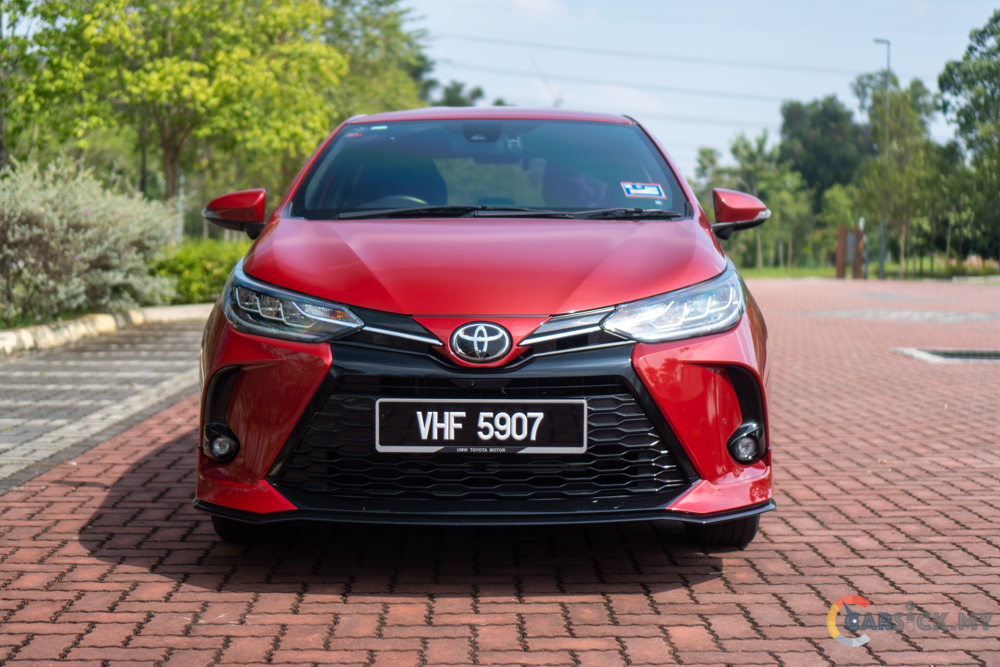
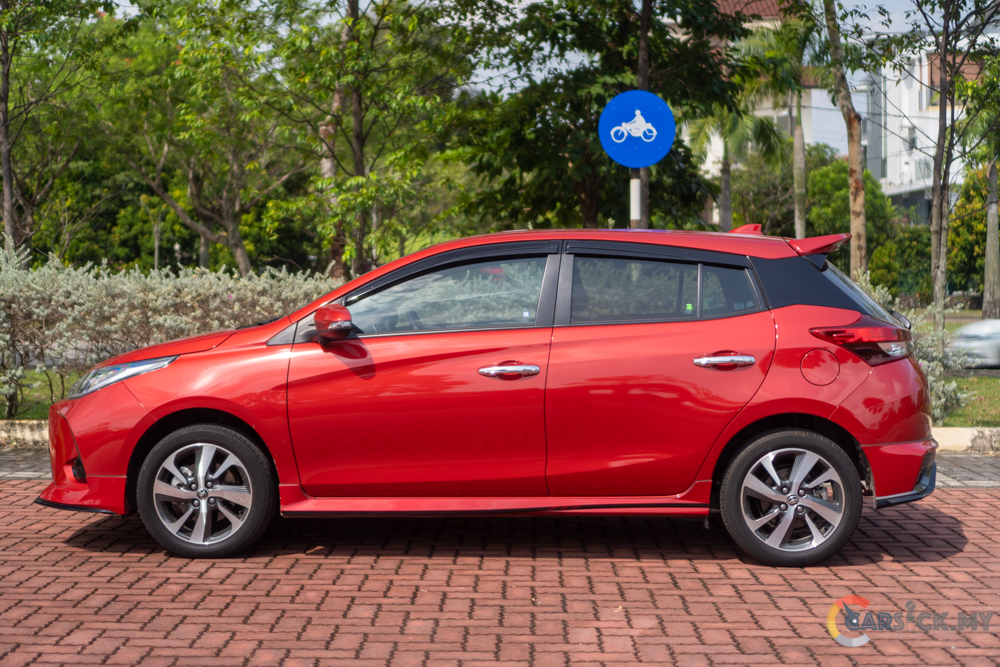

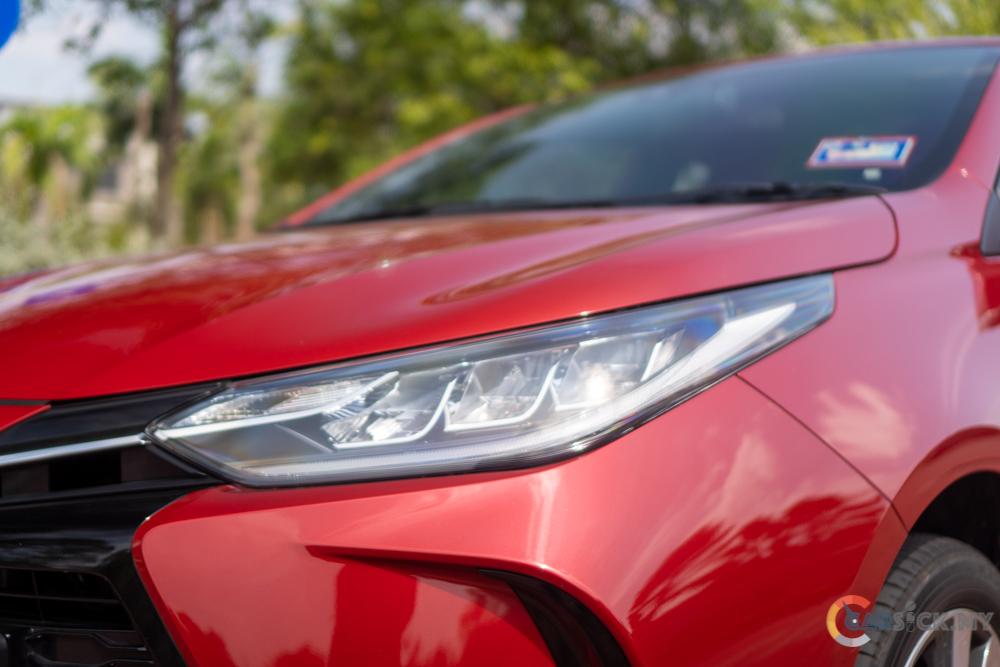
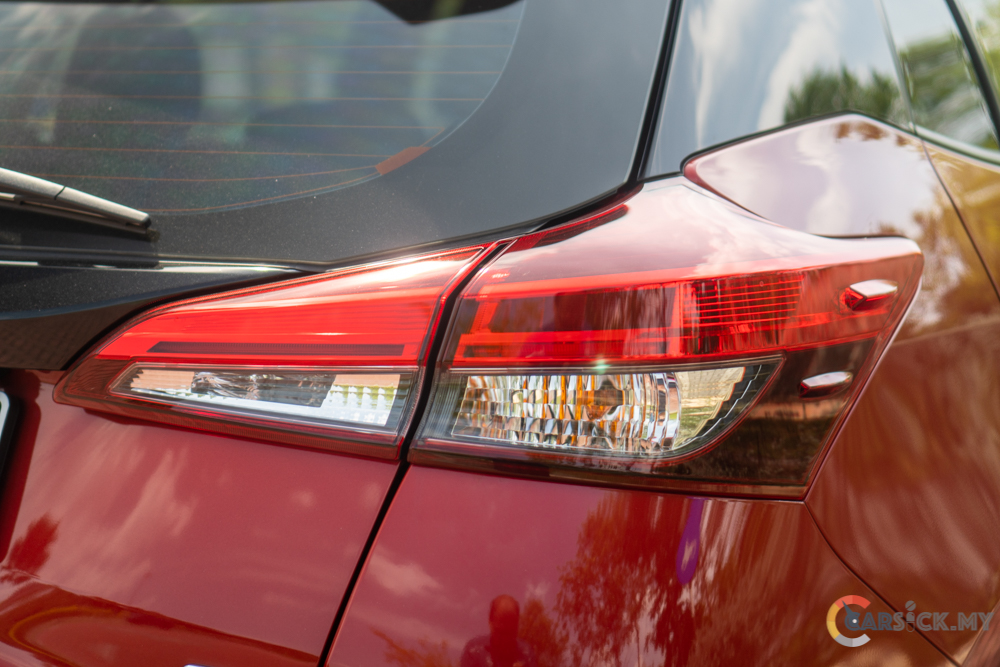
Hopping on board, there is a sense of Dejavu as the whole dashboard is the same component found on the Vios. The instrument cluster and 7-inch head unit is also similar to the Vios, which helps Toyota keep the cost down when producing both models. As for the differences, the steering wheel on the Yaris did not come with paddle shifters, which was present in the Vios. 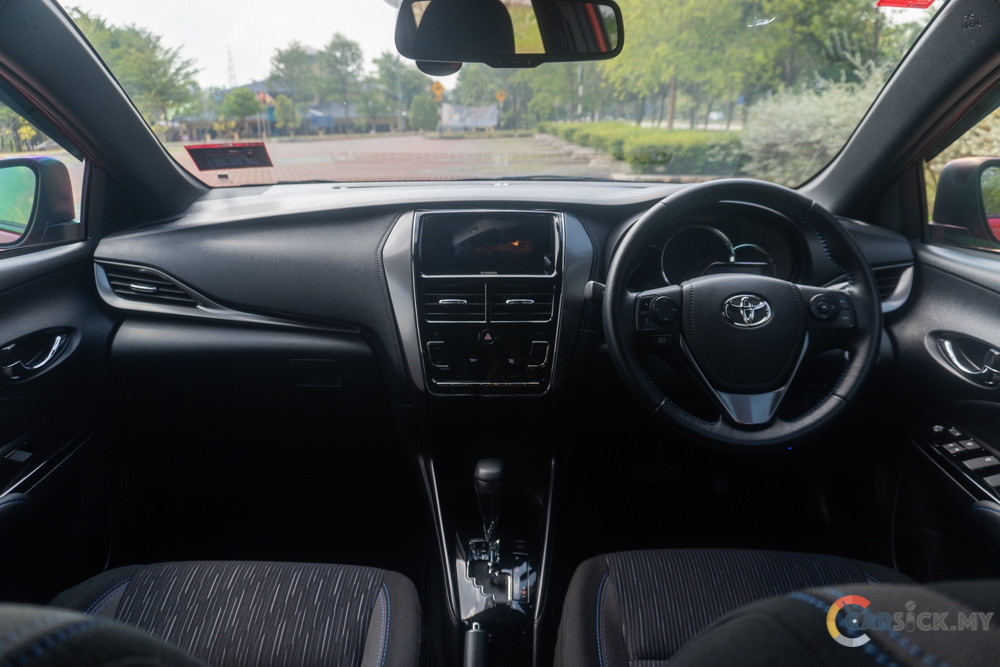
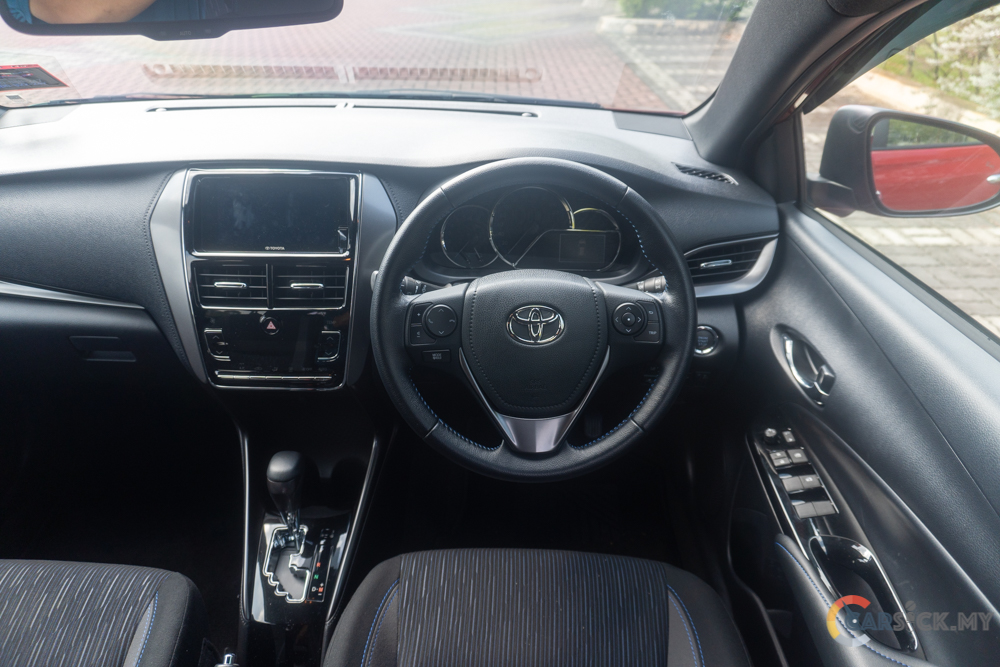
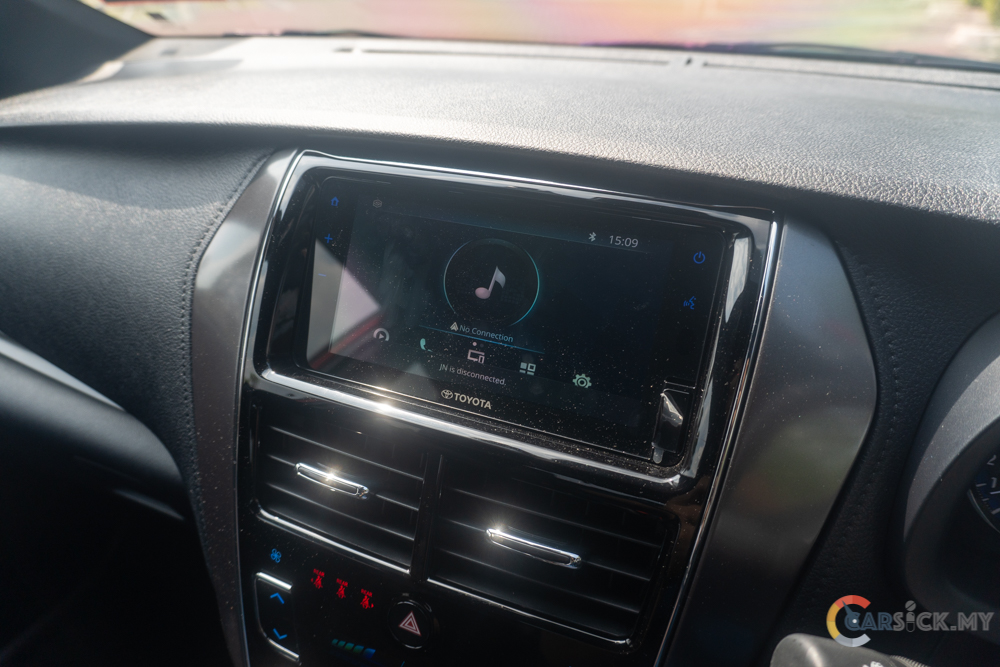
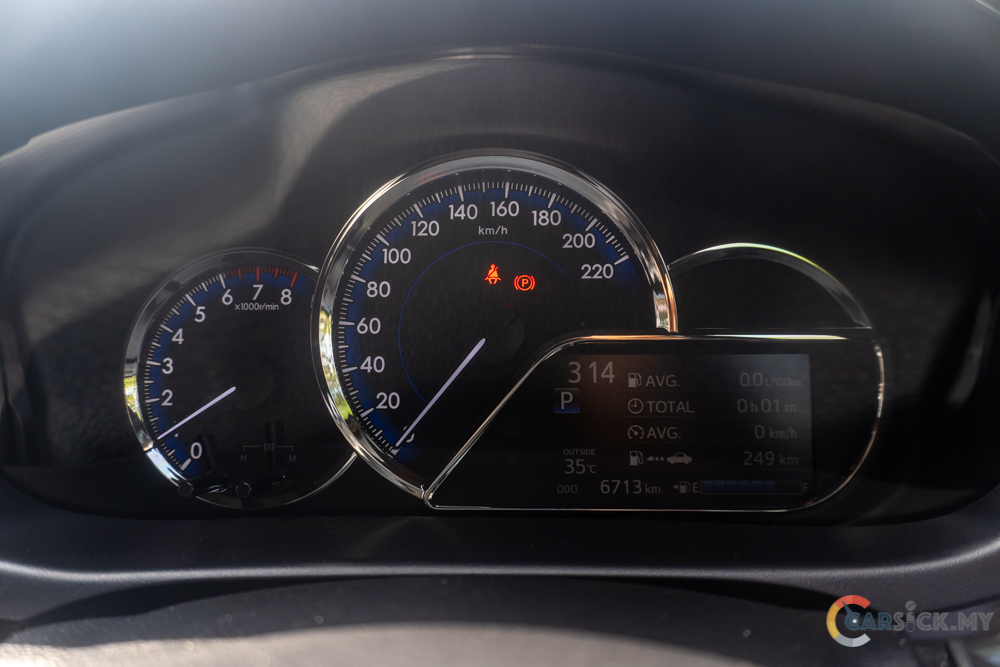
On top of that, the seats in the Yaris only come with fabric seats. The fabric seats are smooth to touch, and I find it suitable for Malaysian weather as it does not absorb the heat after parking under the hot sun. The seating position at the front is similar to the Vios, and the rear seats have a similar amount of legroom and headroom. This also means, the shoulder room is rather limited for 3 person seating at the rear. Behind the rear seats, the Yaris comes with a fairly small 286L boot space. The 286L may be sufficient for daily use, the boot space could be further expanded by folding down the rear seats. 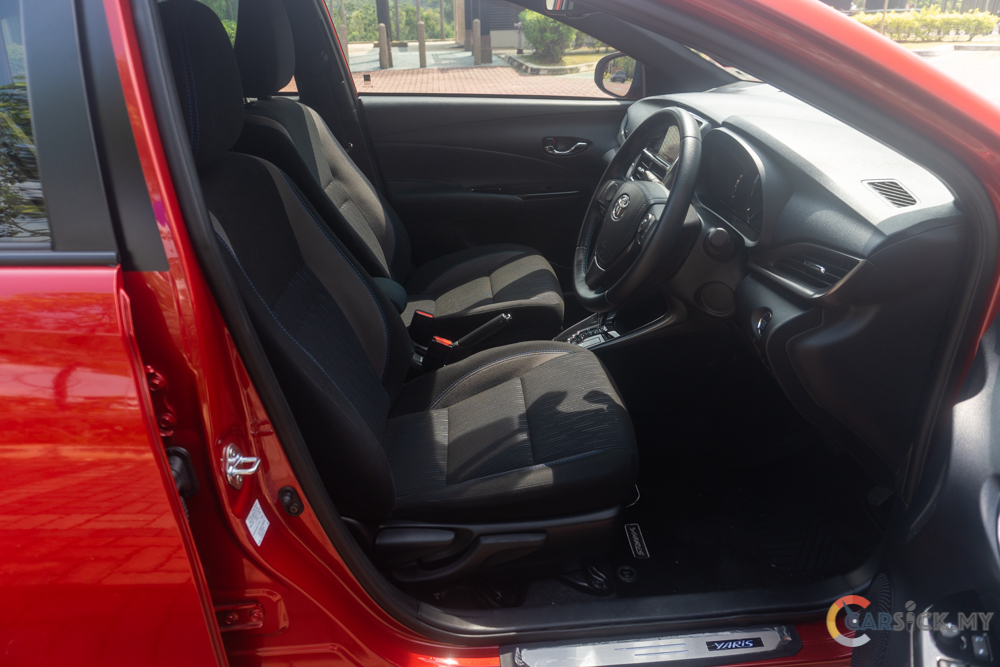
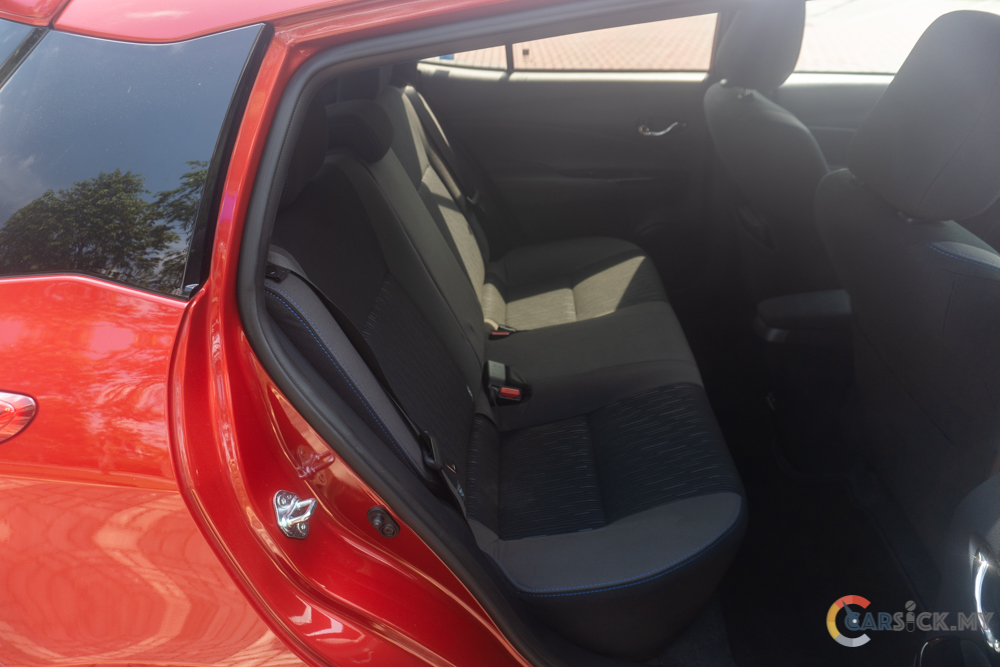
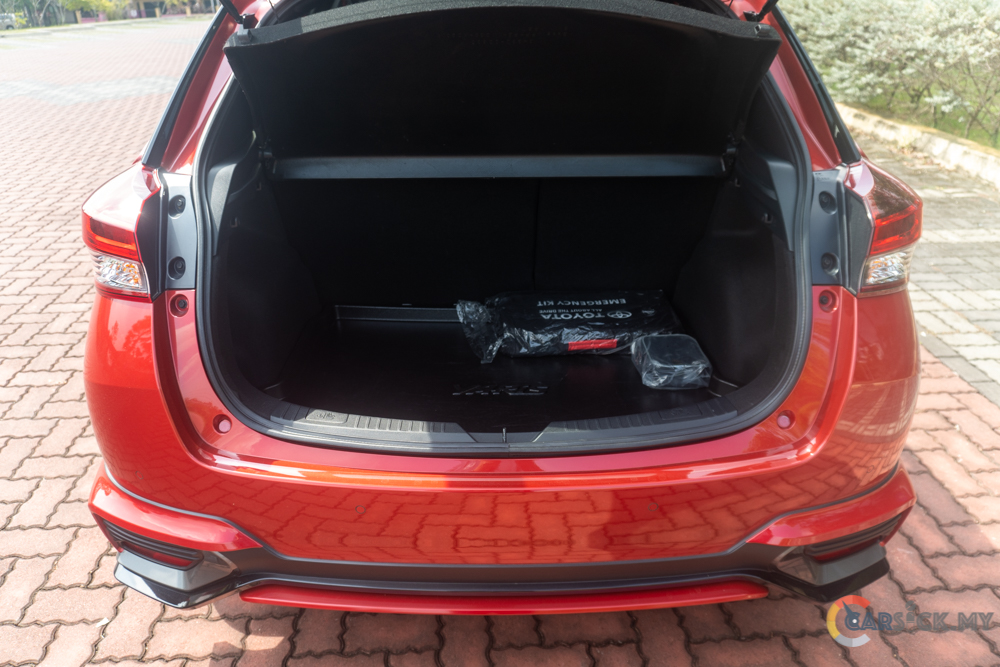
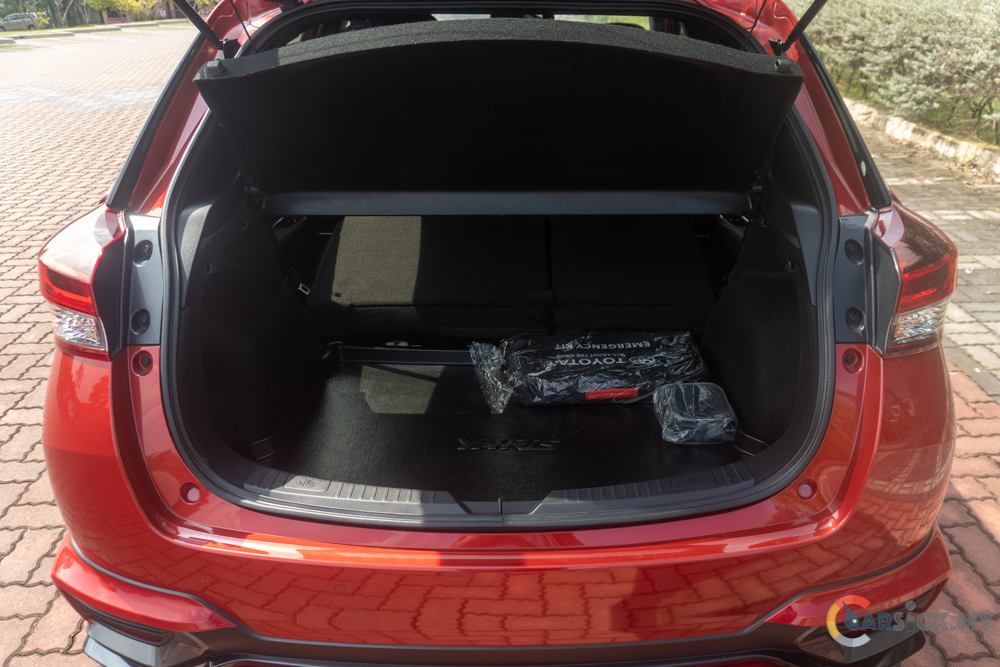
Under the hood, the Yaris uses the same 1.5L 4 cylinder engine and the 7 speed Continuous Variable Transmission (CVT). This engine has the ability to produce 107PS at 6,000rpm and a peak torque 140Nm at 4,200rpm. This engine is equally powerful to pull the Yaris up to speed, and the CVT is equally smooth as well. As both cars shares the same powertrain, you can check out the driving feel in the video below: 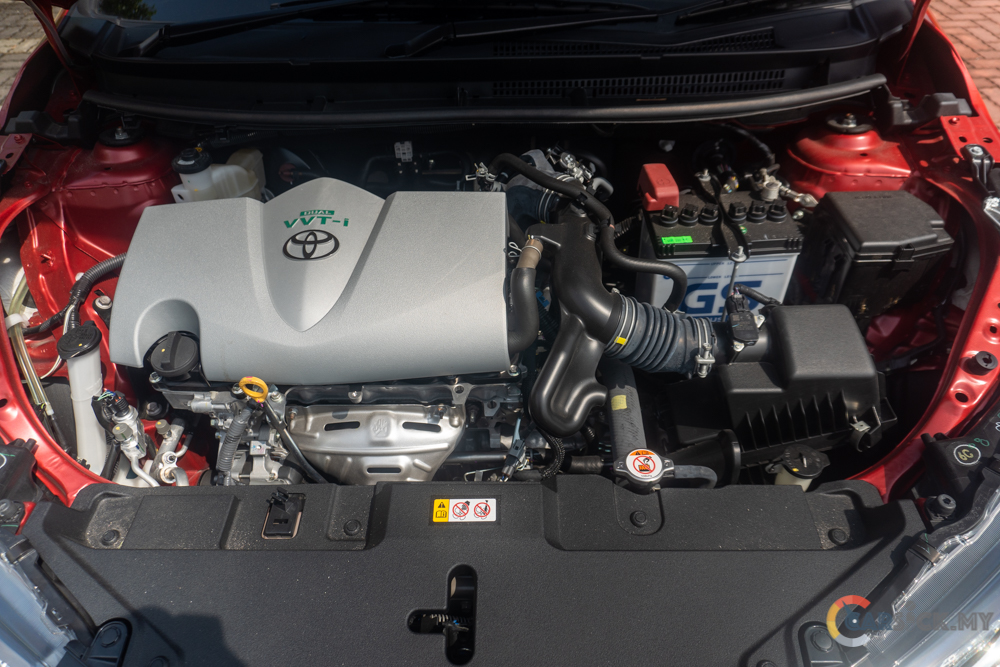
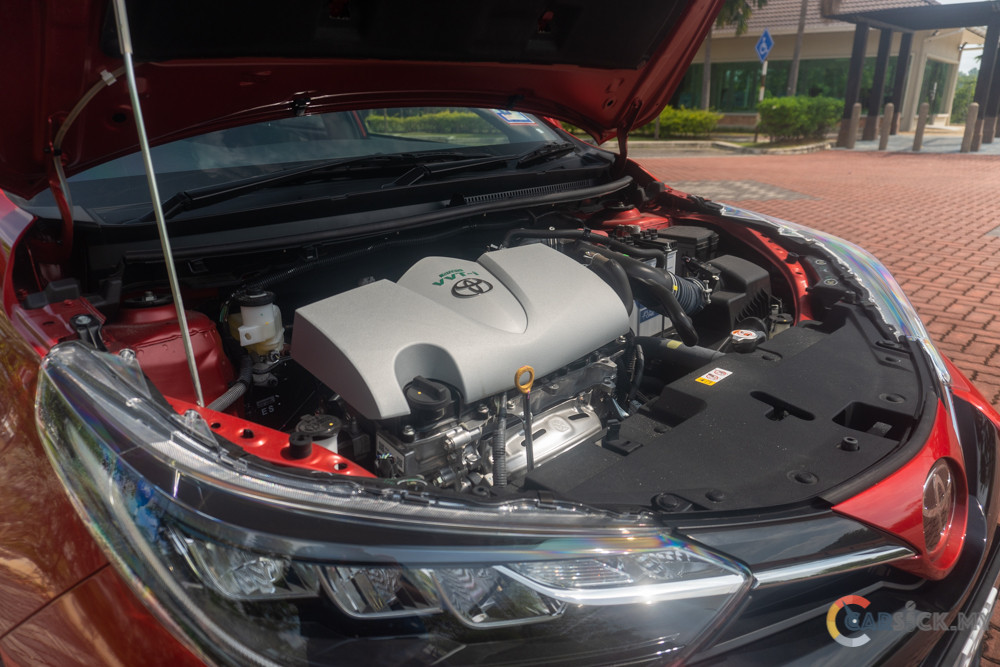
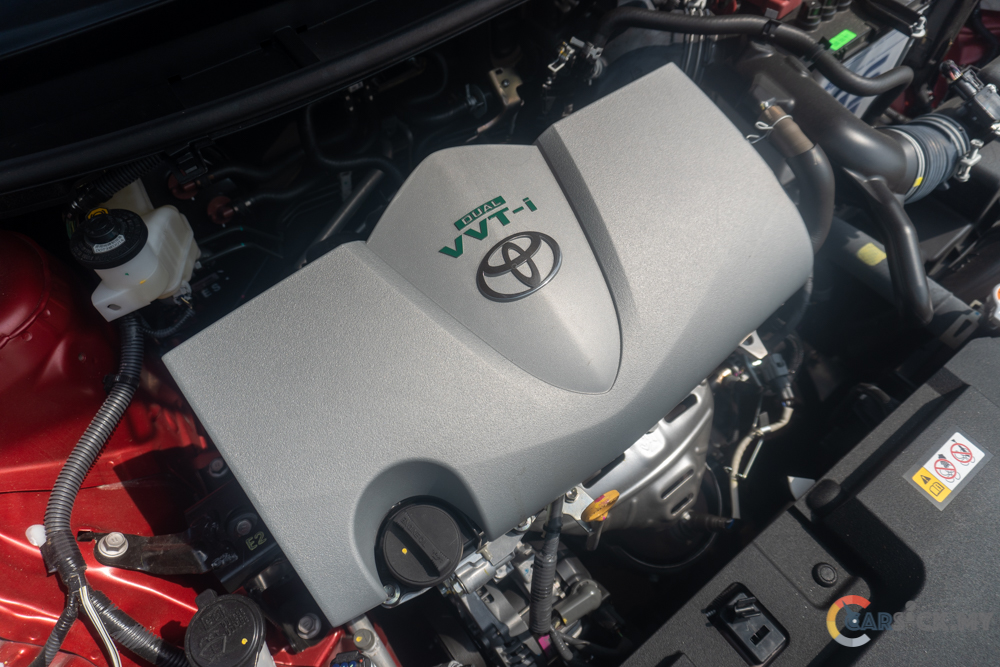
While the powertrain is similar, I do notice that the Yaris handles a little differently from the Vios. The Yaris felt more agile compared to the Vios, where the hatchback is more eager to change direction. The main reason for this is because the Yaris didn’t have additional weight over the rear axle, which reduces the pendulum effect. This makes the front of the car feel more darty when changing directions. 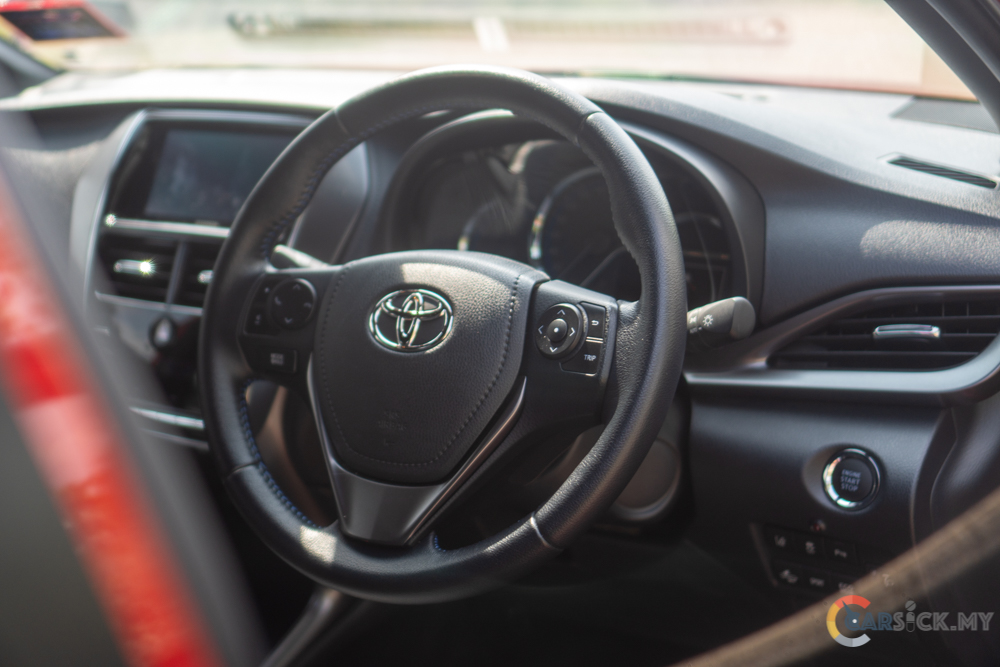
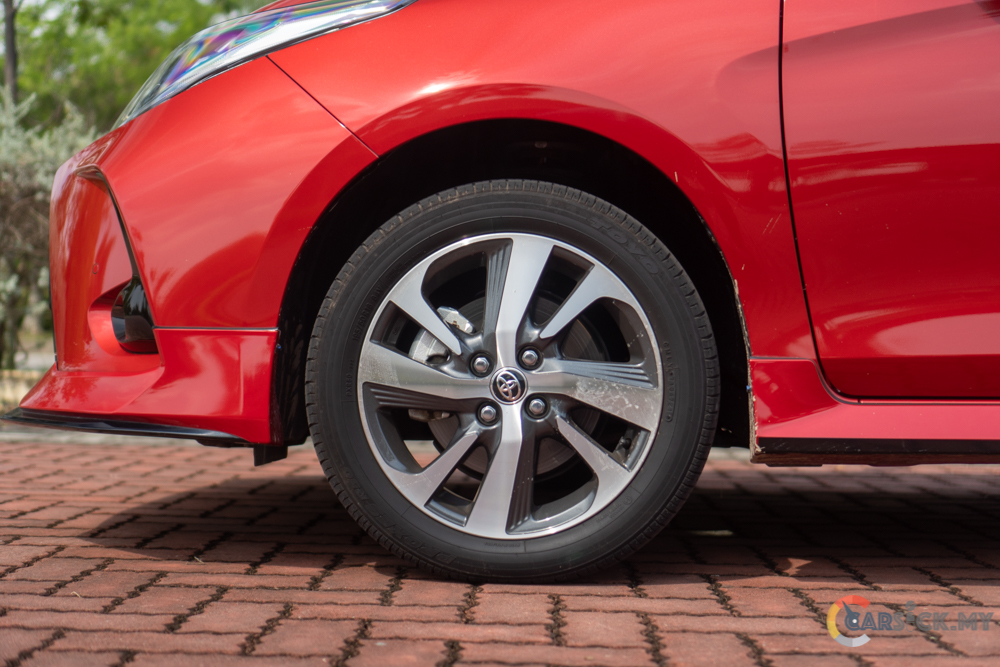
In terms of the safety systems, the Yaris also has the same safety systems as found on the Vios as well. The safety system available on the Yaris include 7 airbags, Vehicle Stability Control (VSC), Traction Control (TRC), Hill-start Assist Control(HAC), Emergency Brake Signal(ESS), Anti-lock Braking System (ABS), Electronic Brake-force Distribution (EBD), and Brake Assist (BA). As for the Advance Safety Systems, it adds on Pre-Collision System (PCS), Lane Departure Alert (LDA), Blind Spot Monitor (BSM), and Rear Cross Traffic Alert (RCTA).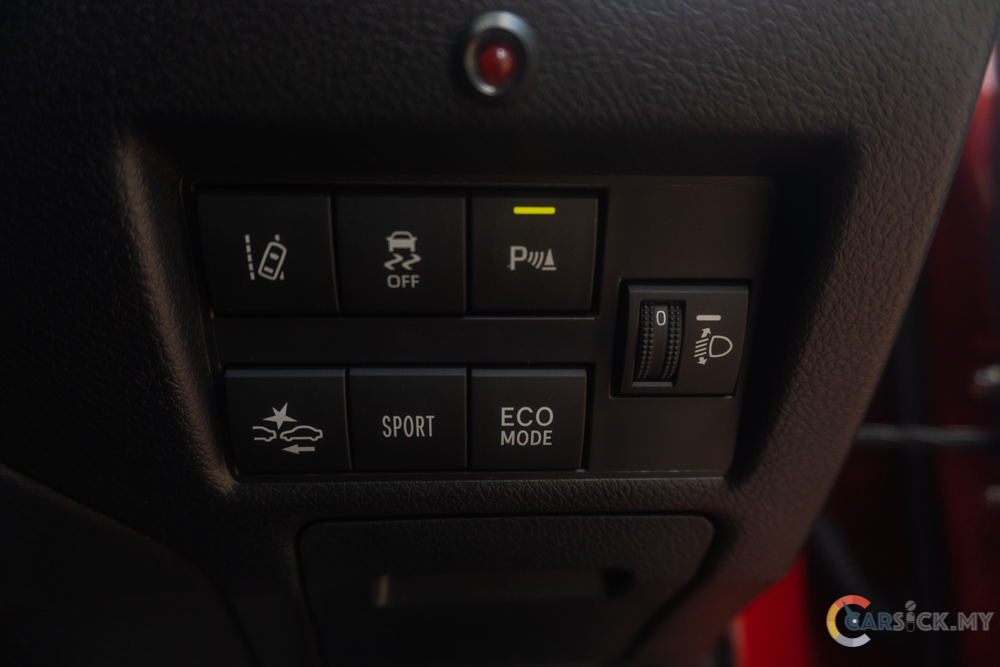
At a price of RM87,600.00, the Yaris is a car that suited those who are looking to purchase their 1st vehicle. It is also a highly recommended vehicle for those who want a hassle free city runabout that is easy to park. While the car is still relevant for the current market, it’s about time for Toyota to unveil a new Yaris on a new platform to meet future competition from the other brands.
Check out full photo album here. 